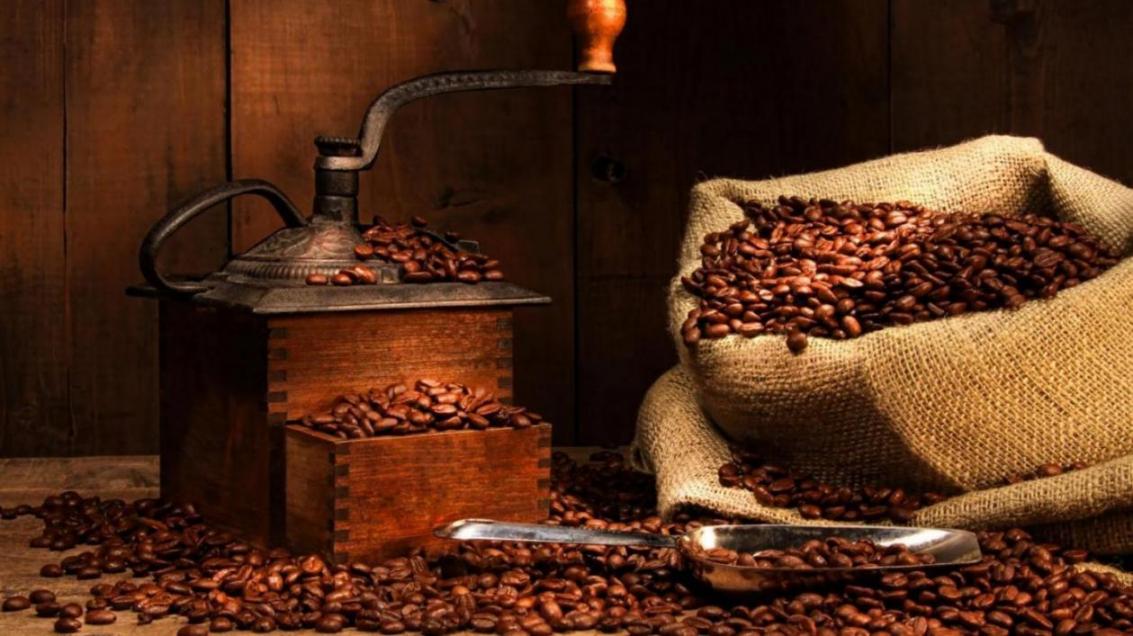Nearly five centuries after coffee was first introduced in Iran, the domestic coffee industry remains largely underdeveloped, with only a handful of domestic companies active in coffee processing and production that have been only recently launched in a small area in the southeast of the country.
While both coffee and tea were consumed in Iran since at least the late sixteenth century, available sources indicate that coffee was the more popular beverage during the reign of Safavid dynasty (1501–1736). The coffeehouses around Naqsh-e Jahan square in Isfahan dating back to the Safavid era are evidence for this. Iranians over time switched from coffee to tea, and since the late Qajar period (1796–1925) tea has been the country’s staple drink. The contributing factors to the shift include cost, sources of supply, working conditions, and changes in taste and fashion.
Today, tea remains the favored beverage among Iranians while coffee is considered as a luxury and is mostly consumed in coffee shops which have mushroomed in Tehran and other large cities over the past years.
Absence of Coffee Culture
An article by Persian daily Ta’adol points to the absence of a capitalist culture, which encourages people to maximize their productivity by staying awake for longer hours, as a possible reason for the coffee culture not catching up in Iran. As an example of this culture the paper notes that Japan, whose capital city of Tokyo is considered as a city that gets the least sleep worldwide, with residents getting an average of 5 hours and 44 minutes of sleep, is the largest consumer of coffee in Asia.
As another reason for low popularity of coffee in Iran, the article draws attention to the fact that the coffee offered in majority of Iranian coffee shops is of inferior quality, imported from countries such as Vietnam and Indonesia at a unit cost of about $2 per kilogram. Lack of proper supervision on the quality of products offered in the coffee shops is another reason for low competition among coffee shop owners, who know that their crowd of upper-middle-class customers is drawn not so much to their quality coffees as to the ambience and the chance they offer for socializing and leisure.
This does not mean quality coffee from well-known brands is not available in Iran; however its consumption is limited to a privileged few who can afford to buy it. Roasted coffee beans from Europe comprise the majority of Iran’s import of coffee, which is used for making Turkish coffee — a method of preparing unfiltered coffee.
Meanwhile, coffee in its instant sachet format continues to present itself as an attractive replacement for popular tea, particularly among the younger population. According to Euromonitor, Nestlé and Mita Kish remained the most popular brands in Iran in 2014, accounting for 23% and 22% of sales respectively, due to popularity of their Nescafé and Klassno brands, especially in instant coffee mixes. Their leading positions were mainly related to their strong brand images and efficient distribution, especially in key urban areas.
Coffee Business
Coffee is a major export commodity: it was the top agricultural export for twelve countries in 2004, the world’s seventh largest legal agricultural export by value in 2005, and the second most valuable commodity exported by developing countries during the period 1970–1998, with crude oil coming first. Coffee plants are cultivated in more than 70 countries, primarily in the equatorial regions of the Americas, Southeast Asia, India and Africa.
Mehran Daneshvar, the managing director of Part Makers Coffee Industry Corporation (Multi-café) headquartered in Mashhad in the northeastern Khorasan Razavi Province, in an interview with IRNA noted that his company produces 6,500 metric tons of instant and regular coffee annually, exporting the products to 11 countries.
Meanwhile, a pilot project to plant coffee in a small area of land in Chabahar in the southeastern Sistan and Baluchestan Province was launched in 2012. According to agricultural expert Morteza Ahouri, in an interview with Mehr news agency, the tropical climate of Iran’s southern coasts is suitable for coffee plantation. The trial project aims to assess the suitability of the region within the next few years before further investments.
It remains to be seen whether Iran can enter the lucrative industry of manufacturing, processing and packaging of this globally popular beverage in the coming years through developments in coffee processing plants or expanding production to larger areas. Ta’adol estimates that establishing a coffee processing plant in Iran requires a capital of about 10 billion rials ($300,000 at market exchange rate).


